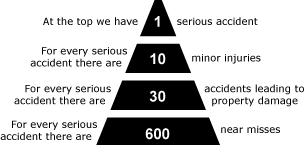State and federal bans, combined with the arrest of a man accused of being the area dealer, have slowed down Midland County’s ordeal with a new, and very dangerous, designer drug.
Bath salts, a designer drug that has nothing to do with bathing products, is synthesized in overseas super labs then sold through the Internet. It became popular in Europe in 2007. By 2009, it had made it’s way to the United States.
Recently it was the root of an epidemic in northern Michigan, causing Marquette County Health Department officials to declare an emergency public health order when they tallied 13 emergency room visits by people high on the drug from November 2010 to February. There were two deaths.
via Bath salts: The newest, most dangerous, designer drug – Midland Daily News: News.

